Research on the evolutionary processes and endangered plants
- Researches in Tsukuba Botanical Garden
- Understanding biodiversity
- Research on the evolutionary processes and Endangered plants
- Molecular phylogenetics analysis and integrated taxonomy
Major mass extinctions in the past and present
Extinction events of organisms occurred repeatedly at an uneven rate on earth. Evidences from fossil data showed that there have been five major extinctions since the appearance of life on earth. The largest mass extinction occurred towards the end of the Permian period. Besides such mass extinctions, organisms have also undergone extinctions many times. Further, ever-increasing human activities deprived habitats of many plant species and these species have become threatened with extinction or have already been extinct. About 1,800 taxa, a quarter of the total of approximately 7,000 vascular plant species in Japan, are designated endangered by the Ministry of the Environment. Scientists estimate much higher extinction rates than pre-anthropocene, if the present conditions continue.
We are conducting research projects to clarify biological properties of endangered plant species. Some outputs are shown below.
Dryopteris shibipedis Kurata
Dryopteris shibipedis (Dryopteridaceae) is a fern that was endemic to the area around the foot of Mt. Shibi in Kagoshima Prefecture, Japan. The plant is no longer seen in natural habitat and is listed as an “extinct in the wild” species. A few individuals are currently cultivated at the Tsukuba Botanical Garden. D. shibipedis is an apomictic (asexual reproduction without fertilization) species and seemed to be derived from natural crossing. Molecular phylogenetic studies suggest that the species occurred through multiple crossing between D. kinkiensis and D. pacifica. We also perform a propagation of the species from spores.
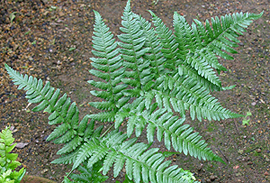
Dryopteris shibipedis
Pants in the Ryukyus
The Ryukyu Archipelago (the Ryukyus) consists of about 200 islands spanning an area 1,300 km between Japanese Kyushu and Taiwan. The Ryukyus is known to be an area having high plant diversity and endemism, where threatened plant species can be found. In the Garden, we are performing biodiversity studies - including of evolutional biology, taxonomy, and phylogenetics - using molecular, cytogenetic, and morphological data for biological characterization of Ryukyus plant species, especially threatened species.
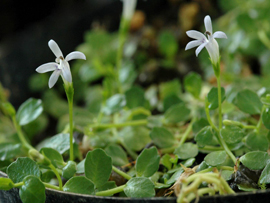
Lobelia loochooensis
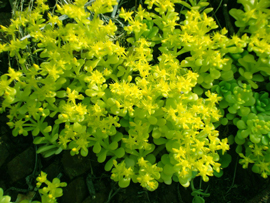
Sedum formosanum
Return the extinct aquatic plant Eriocaulon heleocharioides to the wild
Eriocaulon heleocharioides is an aquatic species that only recorded in two locations of the Tone River system of Japan in the world. Since 1994, it was extinct in the wild and has been cultivated only in ex-situ. Research and activities for propagation and return to the wild of the species has been conducted in the Tsukuba Botanical Garden. As a result of the research, the suitable environment is revealed and survival individuals in the last wild habitat has been increased.
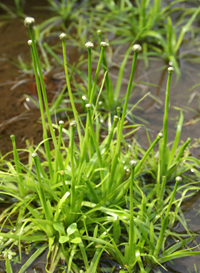
Eriocaulon heleocharioides
Orchidaceae
Approximately two-thirds of orchid taxa indigenous to Japan are threatened by extinction. One of the key issues for orchid conservation is to understand mycorrhizal symbiosis of each orchid species because fungal partners are indispensable for the survival and growth of orchids and fungal partners are diversified among different orchid species. We have conducted research projects on the evolution of symbiosis between orchids and fungi and used outputs for conservation programs.
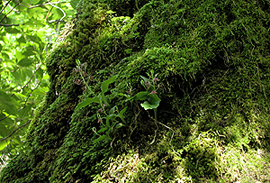
Liparis fujisanensis, a threatend epiphytic orchid native to Japan.
We have clarified mycorrhizal symbiosis of this species.
